Introduction:
Two-thirds of India’s 112 backward districts are in Chhattisgarh, Jharkhand, Bihar, Odisha, Uttar Pradesh, and Madhya Pradesh. The remaining are scattered across the country with a few in the Northeast.
These districts were identified by the government in January 2018 for fast-track development, and they represent the part of rural India that lags in basic services such as education, health, infrastructure, and have rightly come under the attention of policymakers.
Facts to know
- Under the “aspirational districts” program, the central and state government officials have closely worked to identify the strength of each district and also use it to catalyze growth.
- NITI Aayog, which anchors this program, has ranked these districts based on their performance in key functional areas of education, health and nutrition, water resources, farming, financial inclusion, skill development, and access to basic infrastructures such as road, power and potable water.
NITI Aayog survey and ranking shows that –
- Under the government’s “aspirational districts” program, it was seen that several backward districts reported improvement in elementary education above the 2017 national average.
- It was noticed that five districts, in particular, have made rapid progress— i.e. Ranchi in Jharkhand, Kupwara in Jammu and Kashmir, Jamui in Bihar, and Siddharthnagar and Fatehpur in Uttar Pradesh.
- Virudhunagar in Tamil Nadu has the best overall score among all the backward districts.
- The systematic progress made by these five districts gives a hope that with a focused approach, a quick course correction in the development trajectory could be achieved.
Achieving SDG goals
- Plugging the development gaps and improving the quality of life of people in these backward areas is important to achieve SDG goals.
- India has crossed halfway mark in achieving the sustainable development goals (SDG) such as removal of poverty & inequality, which has been adopted in 2015 along with 192 other nations.
- Improving basic services/facilities and also ensuring the better livelihood to people in backward districts is of tremendous importance, considering that people were forced to migrate to cities in search of better livelihood.
Two key initiatives are BharatNet project and Ayushman Bharat scheme
Apart from the “aspirational districts” program, the two key initiatives are the BharatNet project and Ayushman Bharat scheme and they have to go a long way in achieving the desired SDG goal.
- Ayushman Bharat scheme – offers health cover to 100 million vulnerable families, and
- BharatNet project – digitally connects all gram panchayats. Digital connectivity will link the people in rural areas with urban centers, thereby improving employment opportunities.
In a country that is set to be the fifth-largest economy in the world, would bridge the development gap and it is vital to social and political stability.
What is Sustainable Development Goals (SDGs)?
The Sustainable Development Goals are also known as Global Goals. The SDGs were adopted by all the Member States of United Nations in 2015 as a universal call to action to protect the planet, end poverty, and also to ensure that all people enjoy prosperity and peace by 2030.
The 17 Sustainable Development Goals were integrated and they recognize that action in one area would affect the outcomes in others, and that progress must balance economic, social, and environmental sustainability.
Sustainable Development Goals are designed to lead the world to several life-changing ‘zeros’, including hunger, zero poverty, AIDS, and discrimination against girls and women.
UNDP supports the countries to handle complex development challenges and also achieve the Sustainable Development Goals through SDG integration. UNDP is also implementing integrated solutions throughout the globe in response to complex development challenges and also speed up the progress towards the Sustainable Development Goals.
What is #NextGenUNDP?
Next Generation UNDP develops on our existing assets i.e. thought leadership, worldwide presence, and above 50 years of experience. It would help communities and countries to respond to a fast-changing development landscape. We are designing new solutions, sparking new partnerships, building collaboration platforms, and instruments for development. These innovations are interrupting the way our organization thinks, manages, invests, and deliver so that we can perform better and faster than ever to speed up the progress towards the Sustainable Development Goals.
Importance of UNDP:
From the pandemics and climatic crisis to increasing inequalities, these problems cannot be tackled in isolation. The 2030 Agenda for Sustainable Development Goals works towards addressing these challenges through its 17 indivisible Sustainable Development Goals.
United Nations Development Programme operates in about 170 countries and territories. Thus it works towards achieving eradication of poverty, reduction of inequalities, and exclusion. UNDP has helped many countries to develop policies, partnering abilities, leadership skills, institutional capabilities, and also build resilience in order to sustain the development results. Today UNDP is a leaner and well-structured organization.
In September 2015, the leaders of the world had adopted the 2030 Agenda for Sustainable Development, to protect the planet, end poverty, and also to ensure that all people enjoy peace and prosperity. UNDP works towards strengthening its new frameworks for development, climate change and disaster risk reduction. We support the countries’ efforts to achieve the Sustainable Development Goals/ Global Goals that would guide the global development priorities through 2030.
United Nations Development Programme’s Strategic Plan (2018-2021) has been created to be more responsive to the wide diversity of the countries that we serve. This diversity is reflected in three broad developments namely:
- Accelerate structural transformations
- Eradicate all dimensions and forms of poverty
- Build resilience to shocks and crises
In response to these aspects, and for the better focus of its resources and expertise to deliver on the 2030 Agenda; the UNDP has identified a set of approaches that we call as our Signature Solutions:
- Crisis prevention and increased resilience
- Environment: nature-based solutions for development
- Keeping people out of poverty
- Governance for peaceful, just, and inclusive societies
- Clean, affordable energy
- Women’s empowerment and gender equality
In all our initiatives, we encourage the empowerment of women, the protection of human rights, minorities, and the poor and most vulnerable sections of society.


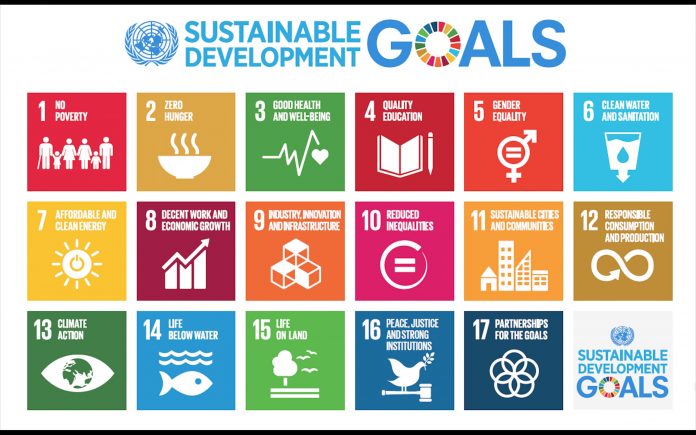

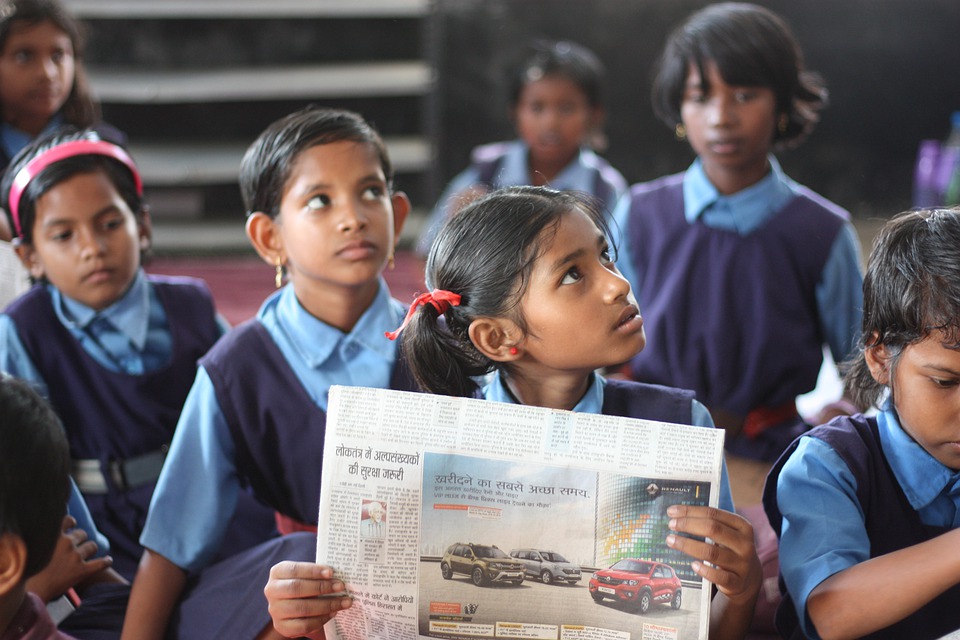

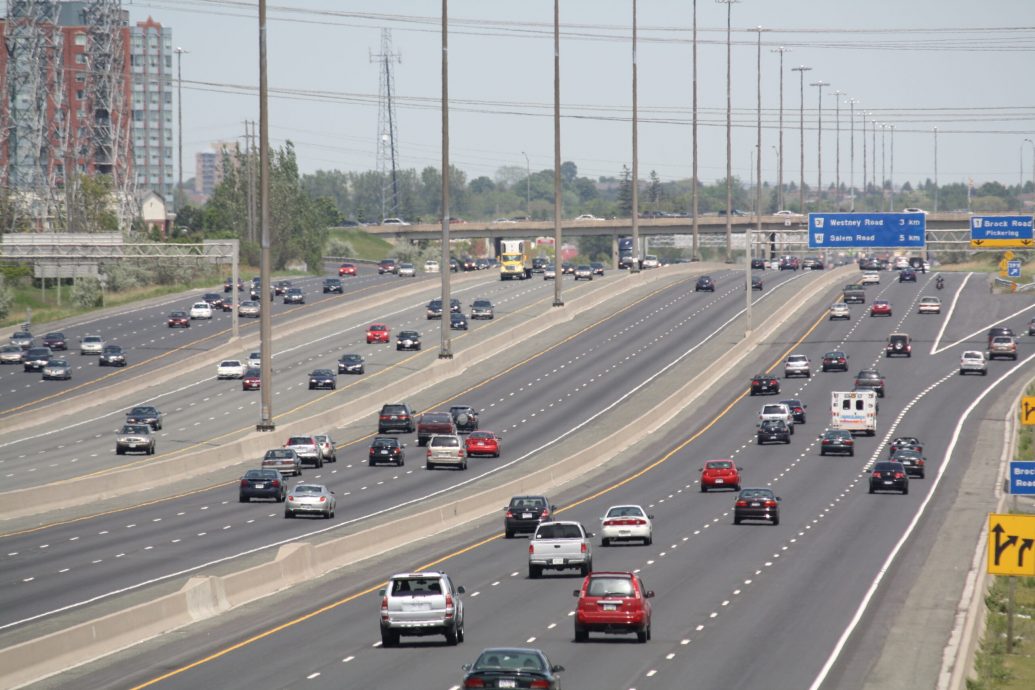
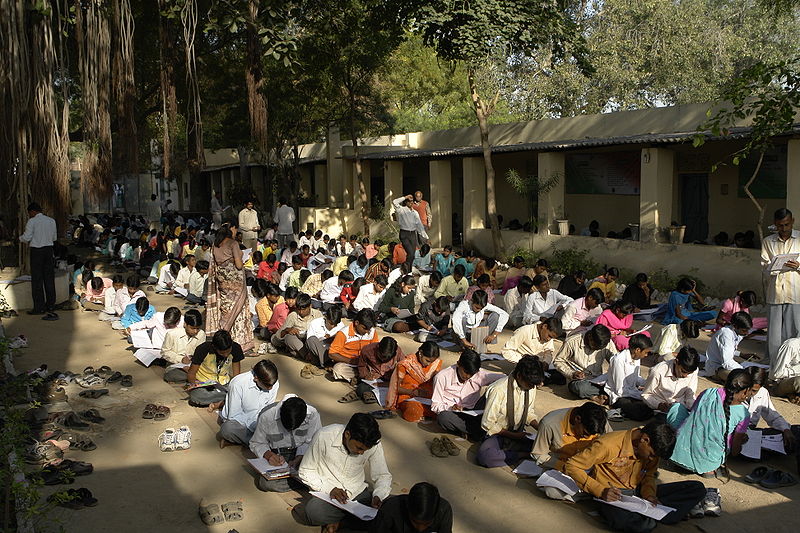


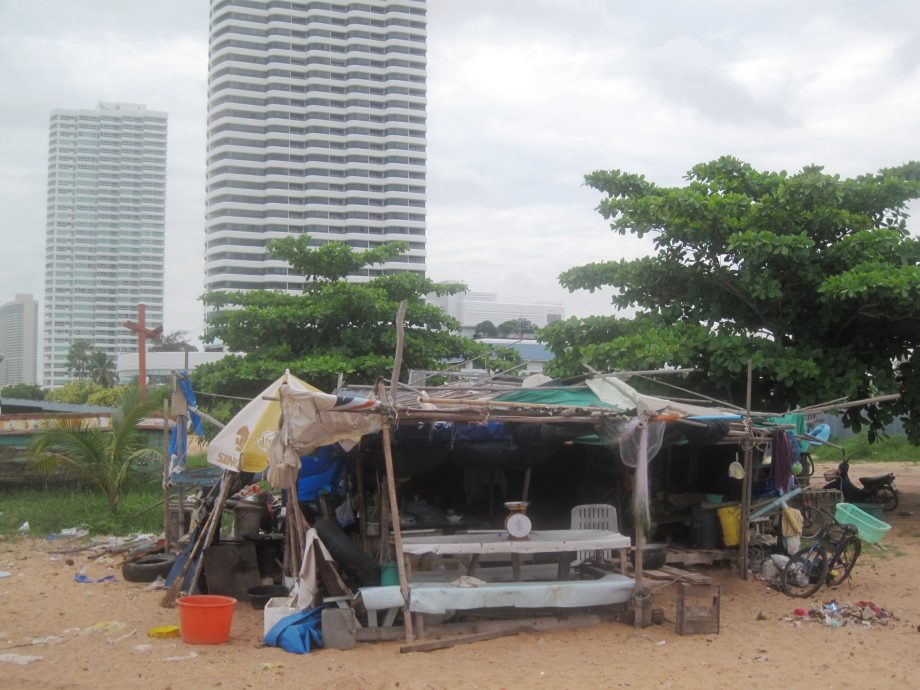



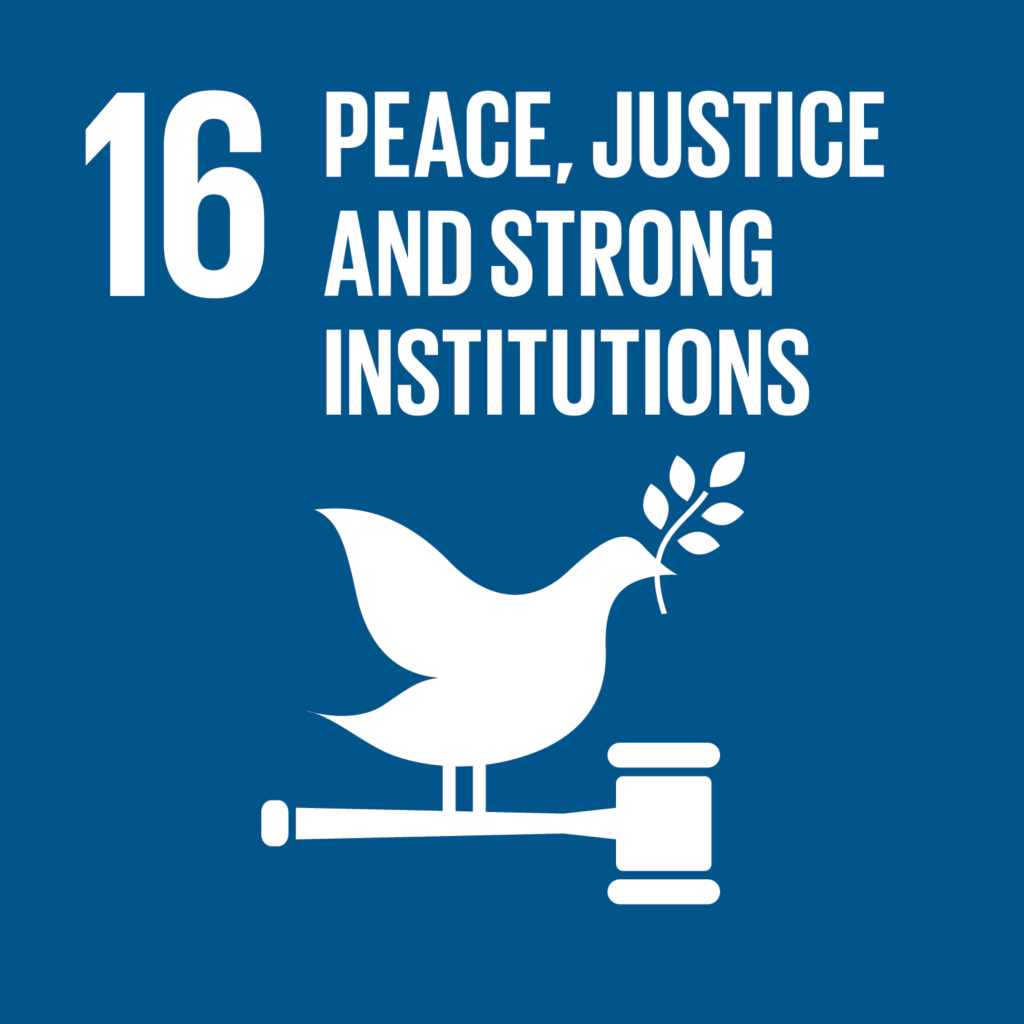




Really very useful your articles to me thank you Madame..
Thank you, Shyamprasad
Thank You Shyamprasad
Great article with excellent ideas. I appreciate your post. Thank you so much and let’s keep on sharing your stuff . I am also available here to provide information.
Thank you so much
Thank you
Great article with excellent ideas. I appreciate your post. Thank you so much and let’s keep on sharing your stuff . I am also available here to provide information.
Thank you
Thank you so much for uploading this file.
I am sure this piece of writing has touched all the internet visitors, its really really good paragraph on building up new web site.
Thank you Lavya Singh
good
Excellent Post, It’s really helpful article
Thank You
very interesting good job and thanks for sharing such a good content and great information for blogger i am a information seeker as well interested in writing blog, thanks.
Thank You
We’re a group of volunteers and starting a new scheme in our community.
Your website offered us with valuable info to work on. You have done an impressive job and
our entire community will be thankful to you.
Thank you
Thanks for helping out, superb information.
Thank you
Your explanation is organized very easy to understand!!! I understood at once. Could you please post about majorsite ?? Please!!
I’ll right away seize your rss as I can not in finding your e-mail subscription link or e-newsletter service. Do you’ve any? Please permit me recognize so that I may just subscribe. Thanks.
I read the Full article its really good, get lots of information.
Thank you